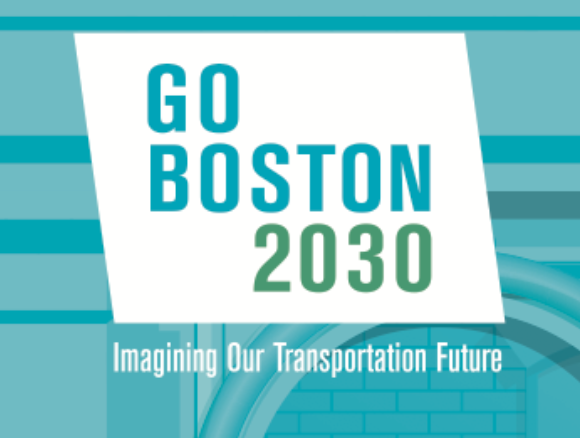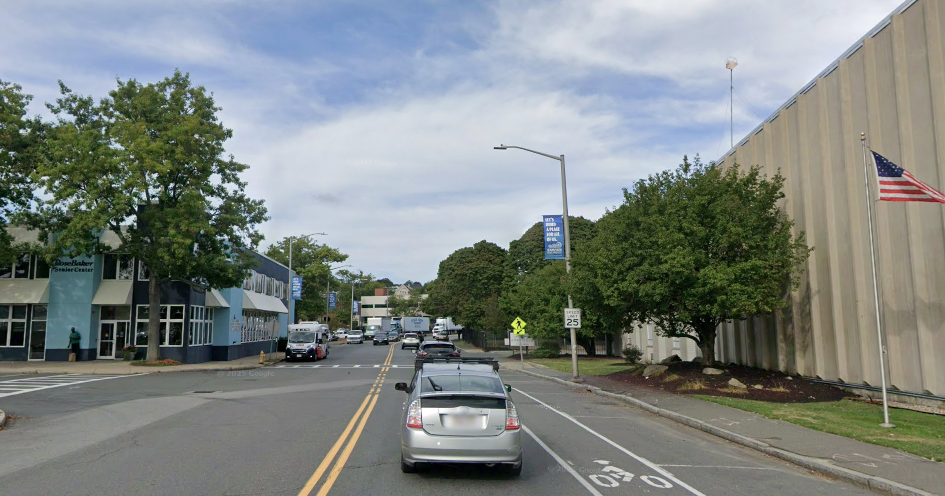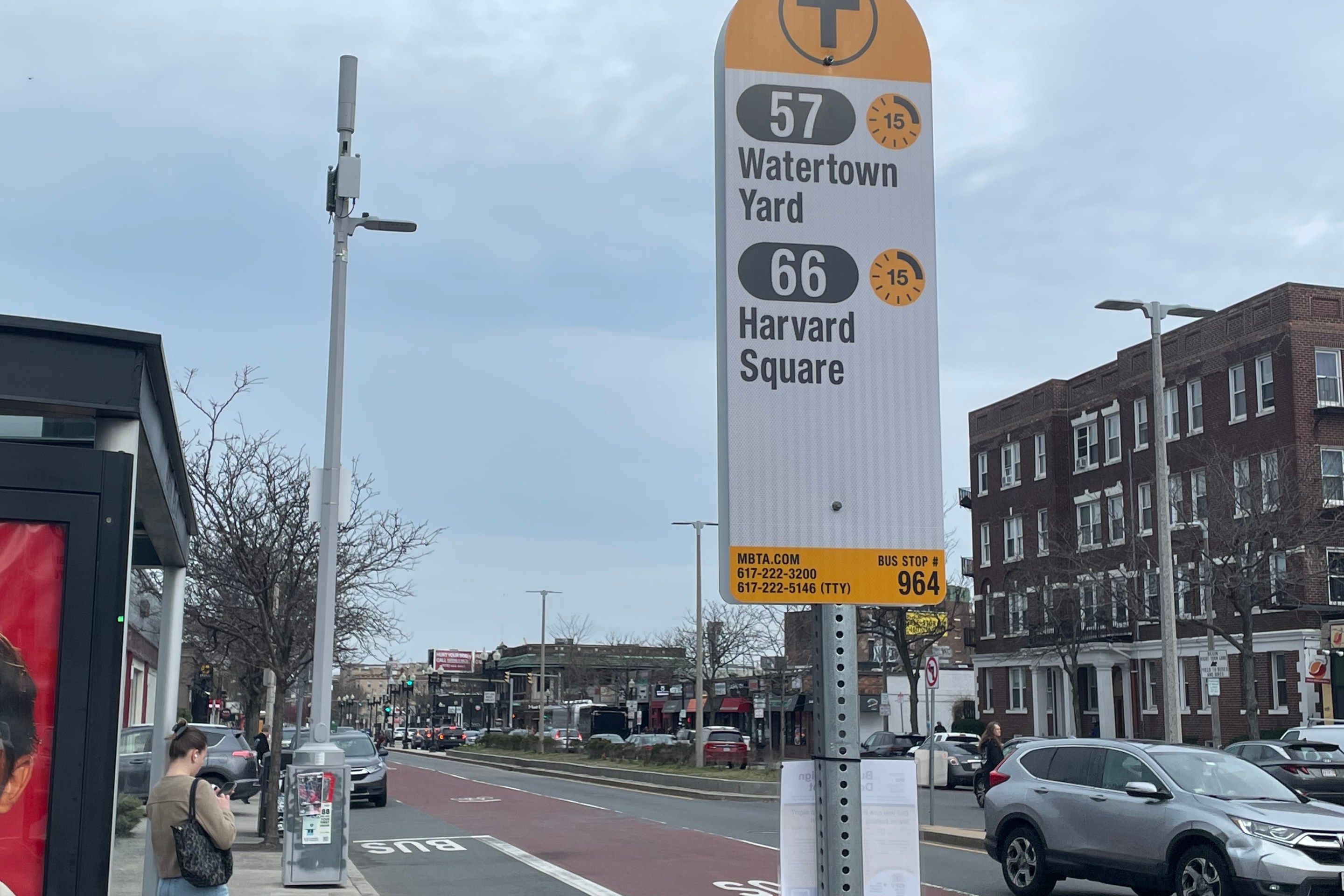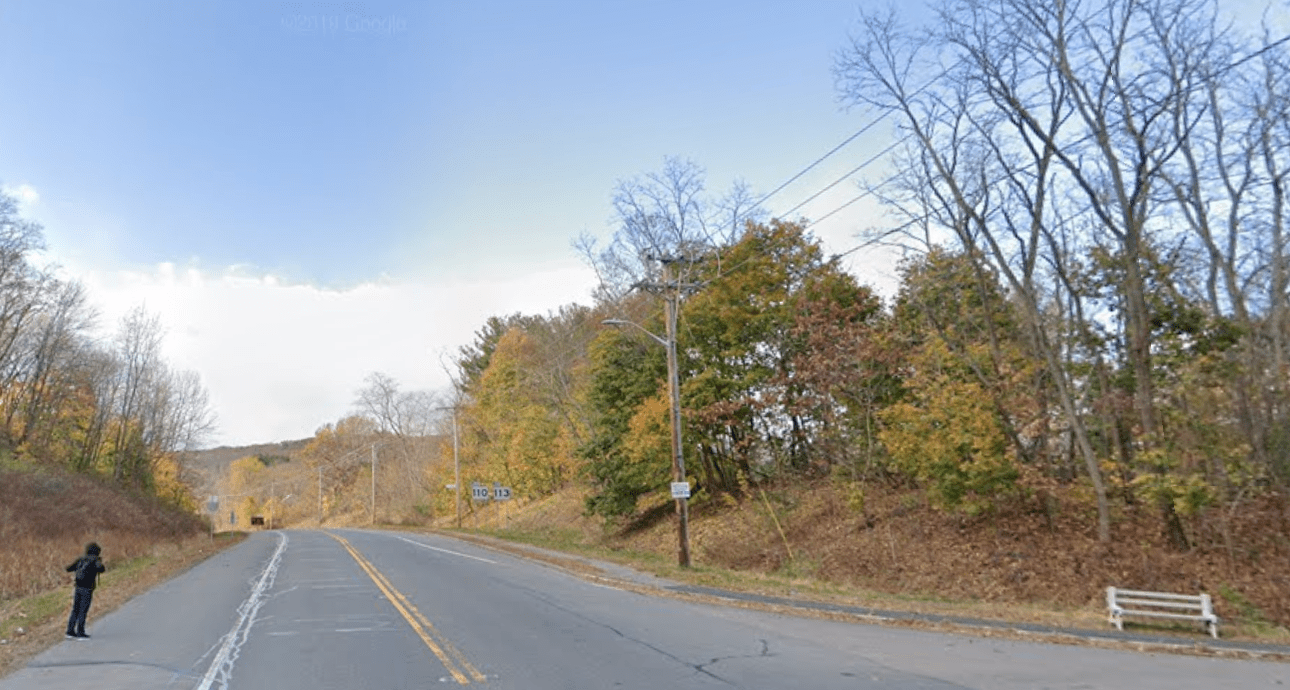In a new report released this morning, the LivableStreets Alliance says that Boston is making good progress on improving street safety, but by and large has yet to make significant progress on its ambitions to reduce traffic and air pollution by increasing biking, walking and transit use.
Go Boston 2030, the city's long-term transportation plan, was released in March 2017 and set a goal of reducing the number of car trips in the city by half by investing in safer streets and major upgrades to the city’s transit system. The Walsh administration recently reaffirmed those goals as a key component of the city’s Climate Action Plan.
Today, the LivableStreets Alliance released "Not On A Shelf: Reporting on the City of Boston's Progress on Go Boston 2030," a 58-page inventory of how well the city is fulfilling those promises.
The title references a recommendation near the end of the original Go Boston 2030 document, which said that "without a mechanism to ensure that progress is being made, Go Boston 2030 might sit on a shelf."
One of the most optimistic findings from the progress report is that fewer people are dying on Boston's streets (the city started its Vision Zero program to eliminate deaths and serious injuries from motor vehicles in 2016, a year before the Go Boston 2030 plan was adopted).
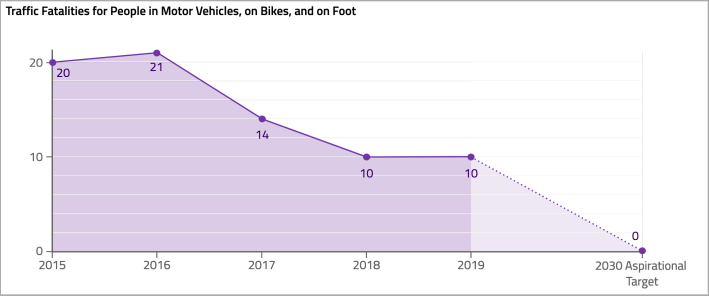
"We know that the injury rate in the City of Boston is high, and there's still work to do," said LivableStreets executive director Stacy Thompson during a discussion of the progress report Wednesday morning (disclosure: Thompson also serves on the StreetsblogMASS board of directors). "But when you compare Boston to Oslo – which recently announced they had achieved their Vision Zero goal, with zero pedestrian and bike fatalities in 2019 – Boston is actually moving faster than Oslo did when they set their goal. Boston is on track to be really globally be one of the leaders."
Louisa Gag, policy director for LivableStreets and the lead author of the progress report, also praised the city's progress on expanding access to more sustainable modes of transportation.
GoBoston 2030 set a goal that "every home in Boston will be within a 10 minute walk of a rail station or key bus route stop, Bluebikes station, and carshare."
In 2017, only 42 percent of households met that standard; by 2020, the figure had risen to 69 percent.
"Much of this can be attributed to the expansion of BlueBikes," which added dozens of new docks in Boston's outer neighborhoods in 2018 and 2019, said Gag.
But while there is some good news in the progress report, LivableStreets found that the city still hasn't seen any progress towards one of the chief goals of the Go Boston 2030 plan: reducing the amount of car traffic in the city.
According to U.S. Census Bureau surveys, the proportion of drive-alone commuting in the city has held steady since Go Boston 2030 was implemented, and the percentage of Bostonians commuting by public transit is down slightly, from 34% in 2014 to 32% in 2018.
Still, LivableStreets notes that bus ridership has increased in corridors where streets have been redesigned to improve bus reliability, and the progress report holds out hope that major projects in the pipeline – like the Blue Hill Avenue bus priority project – might begin to shift more people out of cars and into faster, more reliable buses.
LivableStreets also singles out the city's bike network planning as an area that needs improvement. The 2017 Go Boston 2030 plan identified "over 31 miles of priority projects and an additional 62 miles of 15-year projects," writes LivableStreets, but "since 2014, (BTD) built a little over 9 miles of protected bike lanes."
In addition to offering recommendations on specific projects, LivableStreets also wants the city to make some big-picture efforts to help the Go Boston 2030 plan become a reality.
The first recommendation for the city is to improve data collection and analysis. LivableStreets was unable to report on the progress of several key initiatives – including greenhouse gas reduction and transportation cost burdens – because there is still no public data available on those benchmarks.
"When (data is available), it tells us so much and demonstrates that progress is being made," said Gag. "The city is taking steps to collect more data and publicize those findings."
LivableStreets also wants the city to keep the plan relevant with periodic revisions, and suggests that the plan's five-year anniversary in 2022 would be a perfect time to refresh the document.
"There are things in the plan that don't really make sense for today's world, and there are also things that should be in the plan that were not included," said Gag. "The city needs to develop a process to update the plan, incorporate community engagement, and keep reporting back."
The City of Boston also released its own progress report on Go Boston 2030 in November.
Download the full "Not On A Shelf: Reporting on the City of Boston's Progress on Go Boston 2030" report here.
